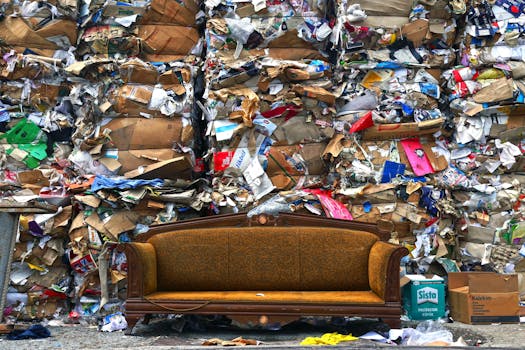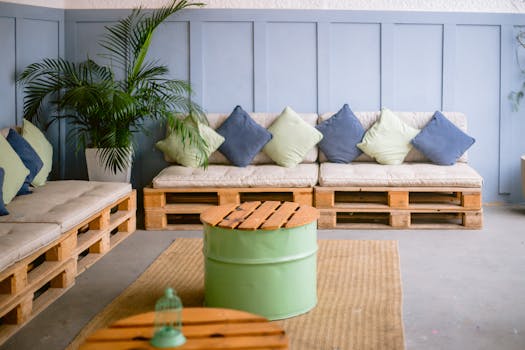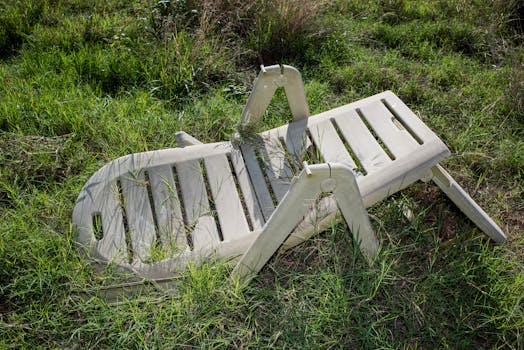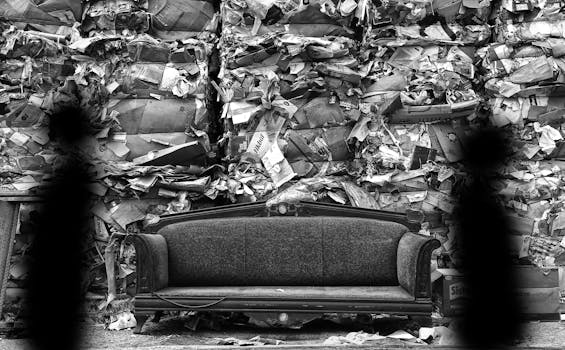What is Upcycling?

Upcycling involves repurposing old or discarded items to create new and useful products, while minimizing waste. By creatively renovating furnishings rather than discarding them, upcycling transforms dated or damaged furniture into stylish and functional pieces. This art form emphasizes sustainability and individuality, allowing you to express your creativity while contributing to environmental conservation.
The Benefits of Upcycling Furniture

Opting to upcycle furniture comes with an array of benefits that appeal to eco-conscious shoppers and design aficionados alike. Here are a few key advantages:
- Eco-Friendly Practice: Upcycling reduces the demand for new resource-intensive furniture and helps in diverting waste from landfills, making it an eco-friendly option.
- Cost-Effective: Given that it often involves repurposing materials you already have, upcycling can be a surprisingly cost-effective home improvement option.
- Unique Designs: No two upcycled pieces are ever the same, which means your furniture will reflect personal style and character.
- Creative Outlet: Engaging in upcycling is a fulfilling creative endeavor that allows you to hone your DIY skills and unleash your imagination.
Ideas for Upcycling Your Furniture

There are endless possibilities when it comes to upcycling furniture. Here are some innovative ideas to consider:
- Paint and Restain: A simple fresh coat of paint or wood stain can alter the complete look of a piece, bringing new life to forgotten furniture.
- Transform Old Frames: Use old picture frames to create stylish headboards, bulletin boards, or even mirrors, depending on your taste and home decor style.
- Combine Items: Mix and match different furniture pieces – consider turning an old ladder into a stylish bookshelf by simply adding some strain or paint touches.
- New Hardware: Updating drawer pulls and knobs on dressers or cabinets to modern or vintage styles can dramatically change the appearance of your furniture.
- Create Soft Furnishings: Fabricupholster wornout chairs with new fabrics offer mechanical strength, transforming your seating without throwing it away.
How to Get Started with Upcycling

If you’re eager to embark on your upcycling journey, follow these steps to get started:
- Gather Materials: Scour flea markets, thrift stores, garage sales, and your own attic for tired or unwanted furniture pieces that can serve as your base.
- Plan Your Project: Once you’ve chosen a piece, sketch out a design or vision of your revamped creation. Consider what function the new piece will serve and how it fits within your decor.
- Prepare Your Space: Find a suitable workspace where you can do your DIY upcycling project. Make sure you have necessary tools, backups, and safety gear when handling tools and materials.
- Embrace Trial and Error: Don’t fear making mistakes. Each project will teach you something new, pushing your creativity to new heights.
Upcycling Success Stories

Countless creatives have taken on furniture upcycling as a hobby and turned it into a sustainable business model, generating income while propelling the eco-friendly movement. These inspiring success stories often underscore themes of unconditional love for vintage items transformed into trendy assets, cementing upcycling’s portability into modern living.
You’re invited to contribute to this thriving movement. By upcycling in your home, ripple effect gear limits toward minimizing waste and ensures we all share a beautiful world.






